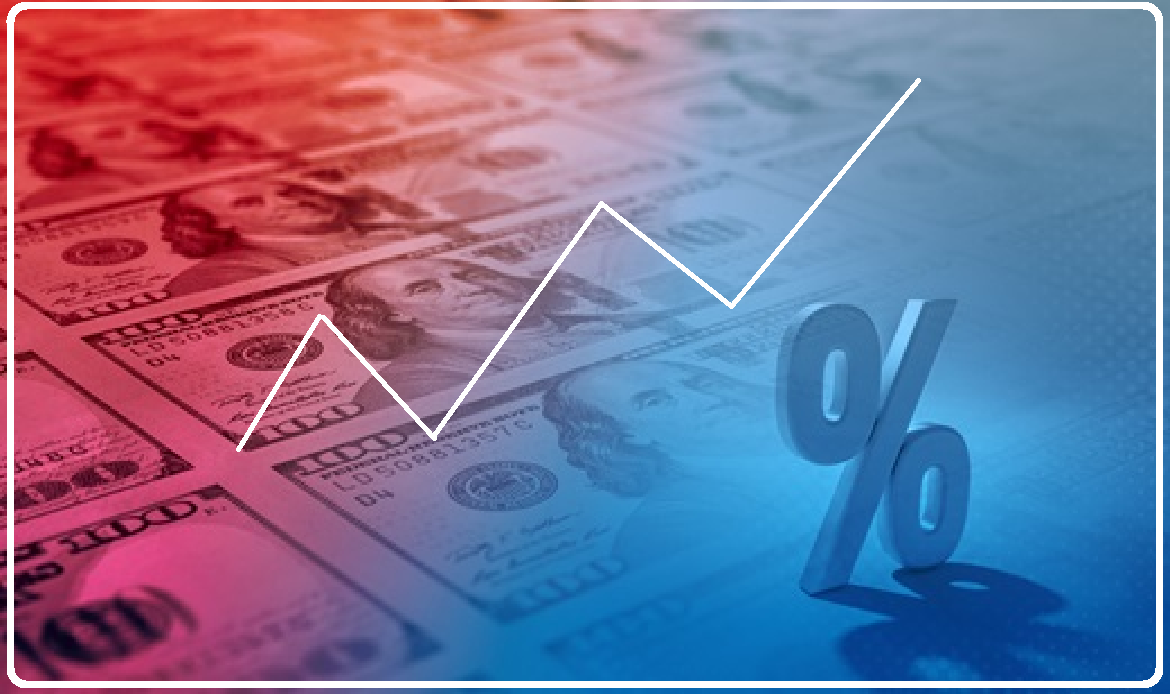An acronym for intrinsic value; the perceived value of an asset (financial asset, non-financial asset, tangible asset, etc.), investment, or business. This value is calculated based on an inherent, objective measure of value.
IV reflects the perceived or true value of an asset in view of certain fundamental factors. This measure of value is not always identical to the current market price due to various effects or conditions under which an asset/ investment might be over- or undervalued.
In multiple contexts, IV may denote different meanings depending on the underlying value-bearing resource. The IV of a business (or any investment security) is the present value of all expected cash flows arising in the future, discounted at the relevant discount rate.
In share trading, IV is the true value of the issuing company as perceived by a certain trader/ investor or the entire trading/ investing community. Different analysts will have different calculations for IV of a stock, usually using factors such as strong fundamentals and potential for growth. In this context, IV measures the inherent value of a share, as opposed to extrinsic value that measures the value derived from external factors (such as sector performance).
In options trading, intrinsic value represents the difference between the underlying asset’s price of an option and the option’s strike price. The method of calculation is determined based on the type of option being valued (calls vs. puts)– in call options, it is the price of the underlying asset minus the strike price, whereas in put options, it is the strike price less the price of the underlying asset.
IV of an option only refers to its moneyness – a negative intrinsic value implies that the option is either at the money or out of the money, depending on its type and the position taken (short option vs. long option).





